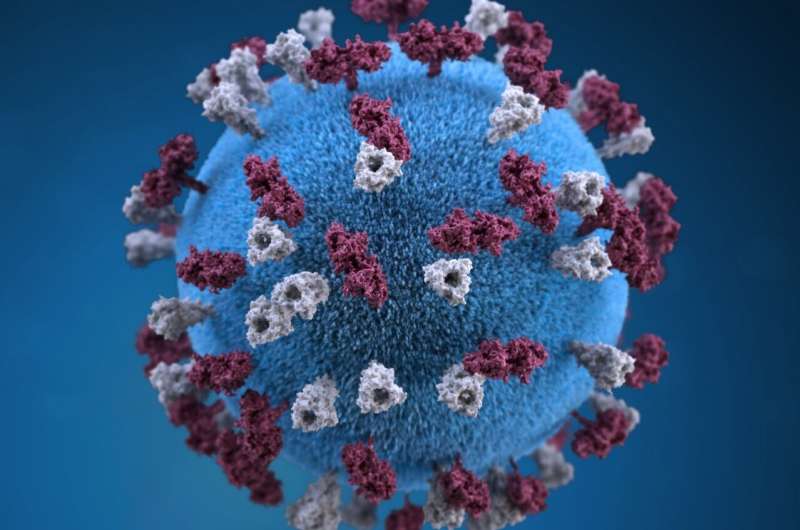Innovative Hairlike Electrodes Promise Non-Invasive Long-Term Brain Monitoring

Researchers from Penn State have developed a groundbreaking brain activity monitoring device that resembles a strand of hair, offering a comfortable, permanent solution for EEG measurements. Unlike traditional metal electrodes and gel-based attachments, this new device is lightweight, flexible, and adheres directly to the scalp using 3D-printed bioadhesive ink, eliminating the need for gels and reducing skin irritation.
The hairlike electrodes are made from hydrogel material, capable of maintaining stable contact with the scalp for over 24 hours of continuous use. This durability enhances the reliability of brain signal recordings during long-term monitoring, which is vital for diagnosing and managing neurological conditions such as epilepsy, sleep disorders, and cerebrovascular issues.
Traditional EEG methods often face challenges like inconsistent contact, signal degradation, and discomfort, especially during extended use. The new electrodes, designed to mimic human hair, are inconspicuous, versatile in color, and can be easily worn during daily activities like showering or sports, thereby improving patient comfort and compliance.
The design also addresses issues of electrode displacement and impedance fluctuations that can occur with conventional rigid electrodes. The wireless future of this technology is under development, aiming to allow free movement during recordings and further enhance patient experience.
Overall, this innovation signifies a major leap forward in non-invasive neuro-monitoring, with applications spanning clinical diagnostics, consumer health, and wearable technology. The team continues to refine the system, aiming for a fully wireless setup to facilitate continuous, real-world use.
source: https://medicalxpress.com/news/2025-05-future-brain-strand-hair.html
Stay Updated with Mia's Feed
Get the latest health & wellness insights delivered straight to your inbox.
Related Articles
Slight Increase in Texas Measles Cases Reaches Over 720
Texas faces a rising measles outbreak with over 720 confirmed cases. Health officials stress vaccination and containment efforts to curb the spread of this highly contagious virus.
COVID-19 Accelerates Blood Vessel Aging, with Greater Impact on Women
Recent research reveals COVID-19 accelerates blood vessel aging, especially in women, increasing future cardiovascular risks. Learn about the study findings and health implications.
Multilingual Brain and Stroke Recovery: How Speaking Multiple Languages Influences Aphasia Rehabilitation
Discover how speaking multiple languages influences stroke recovery and aphasia rehabilitation. Learn about brain networks, recovery patterns, and the importance of multilingual therapy in this insightful overview.
New Genetic and Hormonal Research Reveals 22 Additional Variants Linked to Type 2 Diabetes
A groundbreaking study uncovers 22 new genetic variants linked to type 2 diabetes by examining hormone levels, offering fresh insights into genetic risk factors and disease mechanisms. Read more about the impact of hormonal interactions on diabetes susceptibility.



